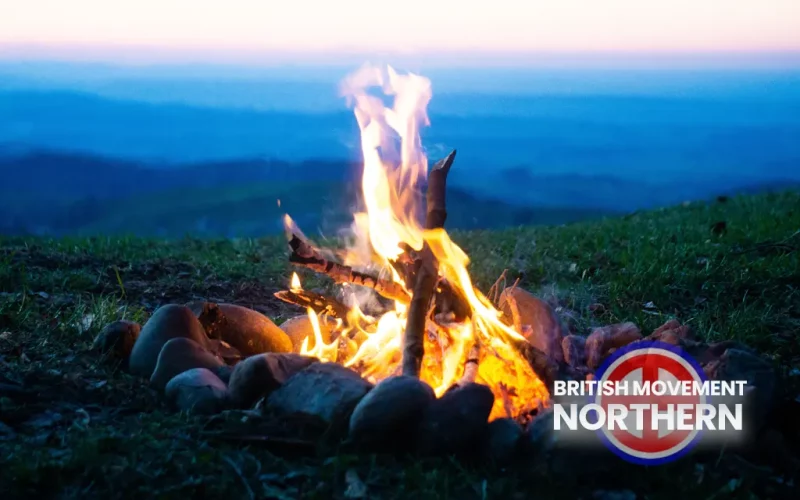Samhain 2022 in the Northern Hemisphere will begin in the evening of Monday, 31 October and ends the evening of Tuesday, 1 November.
It’s that time of year again and the kids will be out trick-or-treating (an un-wanted import from the US). Dressed up in costumes from television or scary movies, these children will be oblivious to the roots of this now commercialised annual event that actually goes back in time to the Celtic festival of Samhain.
A recent tradition amongst older teens and those in their early 20’s is to dress up in scary costumes and, with lashings of fake blood, hit the bars and pubs in our towns and cities. Many of these young adults probably know that ‘Halloween’ has older roots, but won’t know much more than that, and to be honest, won’t care either.
Samhain is usually celebrated from October 31 to November 1 to welcome in the harvest and usher in ‘the dark half of the year.’ Our ancestors believed that the barriers between us and the spirit world break down during Samhain, allowing more interaction between humans and spirits of the Otherworld.
“At Samhain, held on November 1, the world of the gods was believed to be made visible to humankind, and the gods played many tricks on their mortal worshippers; it was a time fraught with danger, charged with fear, and full of supernatural episodes. Sacrifices and propitiations of every kind were thought to be vital, for without them the Celts believed they could not prevail over the perils of the season or counteract the activities of the deities. Samhain was an important precursor to Halloween.” – Encyclopaedia Britannica
“The Celts marked Samhain as the most significant of the four quarterly fire festivals, taking place at the midpoint between the fall equinox and the winter solstice. Typically, hearth fires in family homes were left to burn out while the harvest was gathered. Some documents mention six days of drinking alcohol to excess, typically mead or beer, along with gluttonous feasts.
After the harvest work was complete, celebrants joined with Druid priests to light a community fire using a wheel that would cause friction and spark flames. The wheel was considered a representation of the sun and used along with prayers. Cattle were sacrificed, and participants took a flame from the communal bonfire back to their home to relight the hearth.
Early texts present Samhain as a mandatory celebration lasting three days and three nights where the community was required to show themselves to local kings or chieftains. Failure to participate was believed to result in punishment from the gods, usually illness or death.”
It was expected that the ancestors might cross over during this time as well, and the Ancient Britons would dress as animals and monsters so that fairies were not tempted to kidnap them.
Some specific monsters were associated with the mythology surrounding Samhain, including a shape-shifting creature called a Pukah that receives harvest offerings from the field. The Lady Gwyn is a headless woman dressed in white who chases night wanderers and was accompanied by a black pig.
Many of the traditions of this ancient Celtic feast of the dead were later incorporated into the Christian calendar by the early Catholic Church. By the 9th century, October 31 was being celebrated as All Hallows’ Eve, later contracted to Halloween, throughout Western Christendom.
The British Movement is happy to receive articles for possible inclusion on this site from members and supporters across the North of England. Please remember that we have to operate within the laws of this country – we will not include any content that is against the current laws of the United Kingdom. News reports should be topical and be relevant to the regions covered by this website.












